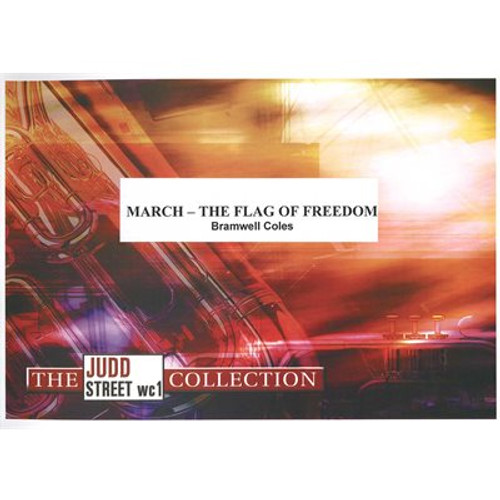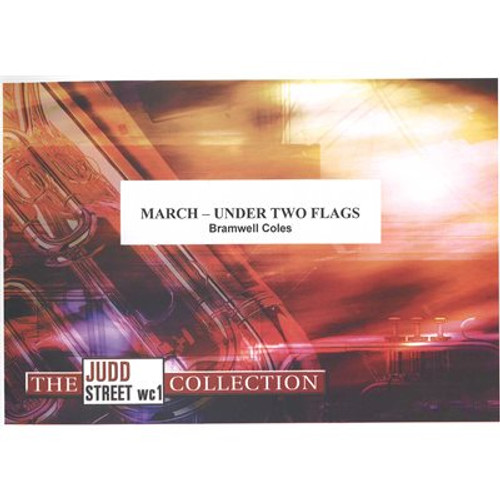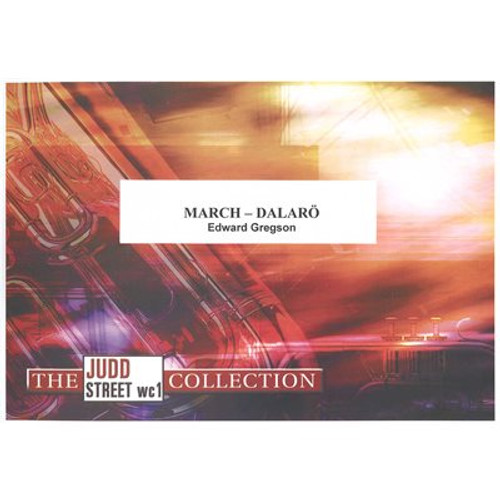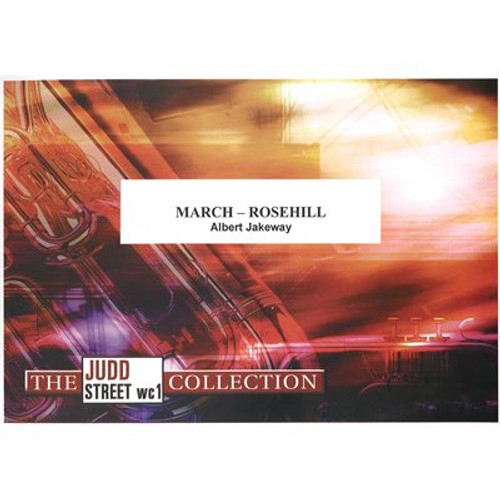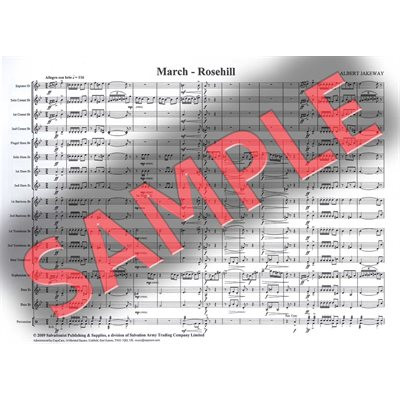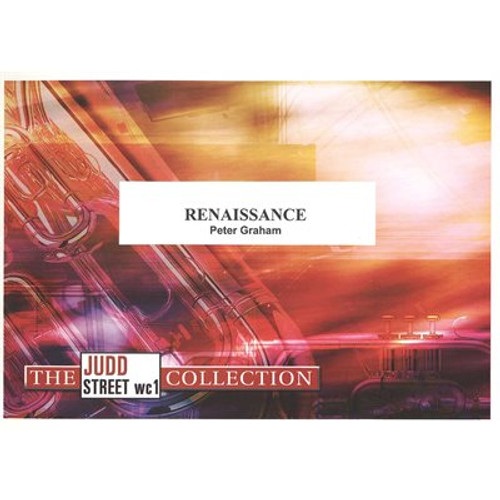Product Description
Comments by Lieut-Colonel Frederick Hawkes
By such as favor marches of a spirited nature, with a well-marked rhythm, such as evokes physical movement in response to its insistent appeal, this composition will be specially welcomes. Other outstanding qualities, of even greater importance, perhaps, than the aforementioned, are the well-contrasted melodies, the balanced effect of the scoring, and ever-changing effects in regard to light and shade.
The short introduction opens out in unison leading up to a chord of the dominant seventh at the close. Note the opening bars are to be played forte only. Watch closely the slurs and see that these are uniformly treated by all.
Section A runs on in a free, lithesome manner. Avoid undue force even in the more strongly-marked passages. Clear tonguing and smart finger action, which should exactly synchronize, are essentials to a correct rendering of the music.
An effective change of rhythm is introduced at letter B, and a somewhat broader style in general is wanted here. The lower instruments unite in a short countermelody of a sequential nature, and this should be brought to the front. The full band is employed throughout this movement and a good level forte is to be maintained.
It will be seen that the lower instruments take the first and third phrases, while the second and fourth are allotted to the upper cornets. Note the dynamic contrasts and see that these are effected decisively. As the arrangement is quite straightforward no special difficulties will be encountered.
- A once-popular chorus is introduced at letter C. The words are as follows:
- Roll it along, roll it along,
- Worthy the Lamb for sinners slain,
- Glory and honor to his name;
- Roll it along, roll it along
- Till all the world shall hear the heav'nly strain.
The part assigned to the lower instruments will prove the most exacting in the brief introduction to the trio and special care should be given to this until it comes out with the requisite clearness and strength.
Although the original time signature is maintained, we have another strong-marked rhythmic contrast in the trio section. While a well-marked march-like rhythm is still preserved, this is of a more graceful and flowing character. Nothing of a rough or obtrusive nature must be permitted in the rendering. All must sound natural, calm and easy. Note the slurs and give full effect to these indications. It will be observed that no change of dynamic is indicated throughout the whole of section D, but naturally slight rises, with corresponding falls, will be shown by such as feel the natural impulse of the music.
A short but brilliant episode is given at letter E. This is by no means difficult. At the end will be noted the insertion of the phrase used as an introduction to the trio section. While full advantage should be taken of the dynamics, the playing must not develop roughness.
At letter F we have a repetition of the principal theme of the trio section, with a much fuller arrangement. An important countermelody is added and this should be well developed. Nothing of a very difficult nature is to be met with, and this part of the march should take shape speedily.
(view series guide)
Produced by The Salvation Army, SP&S, UK

